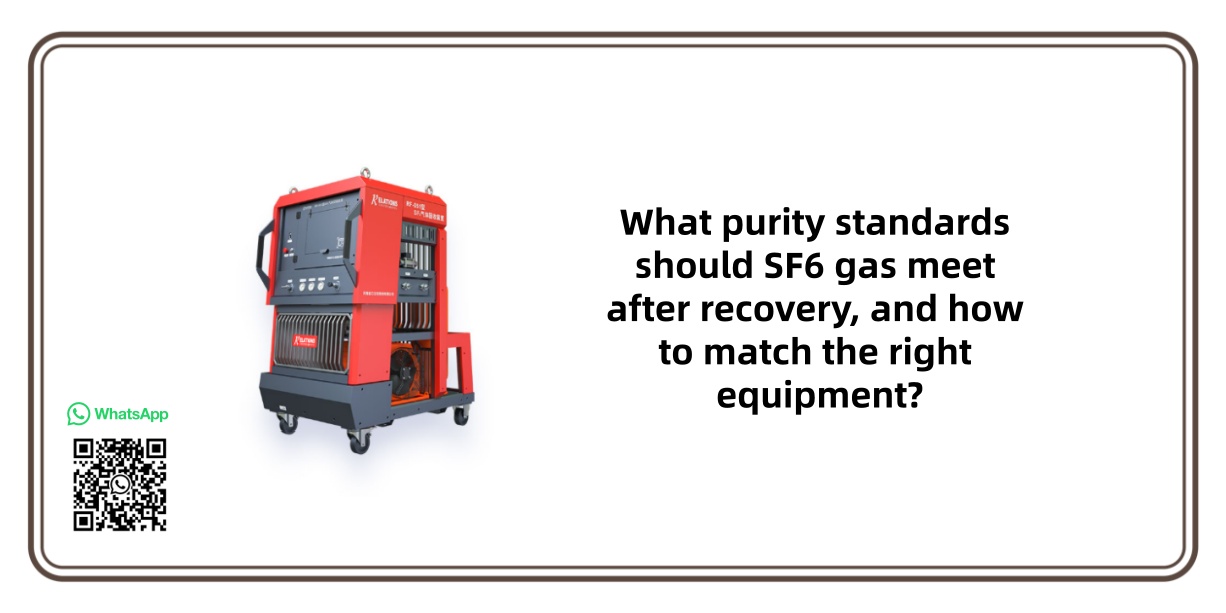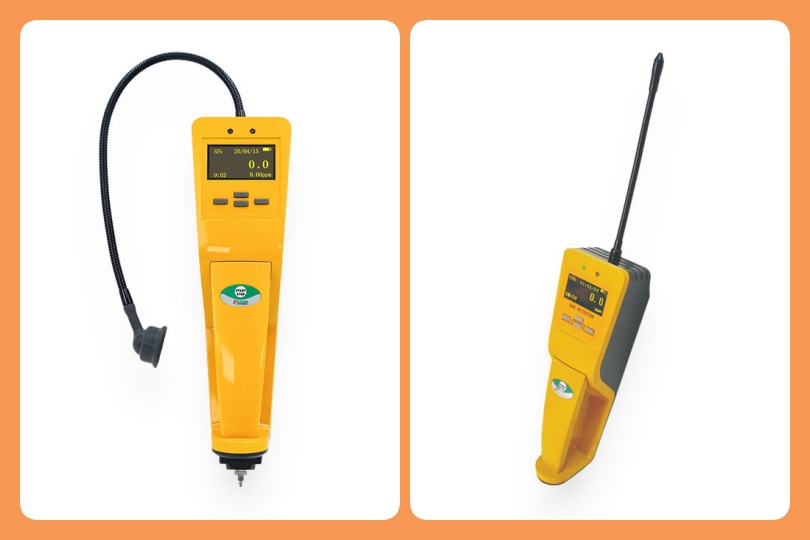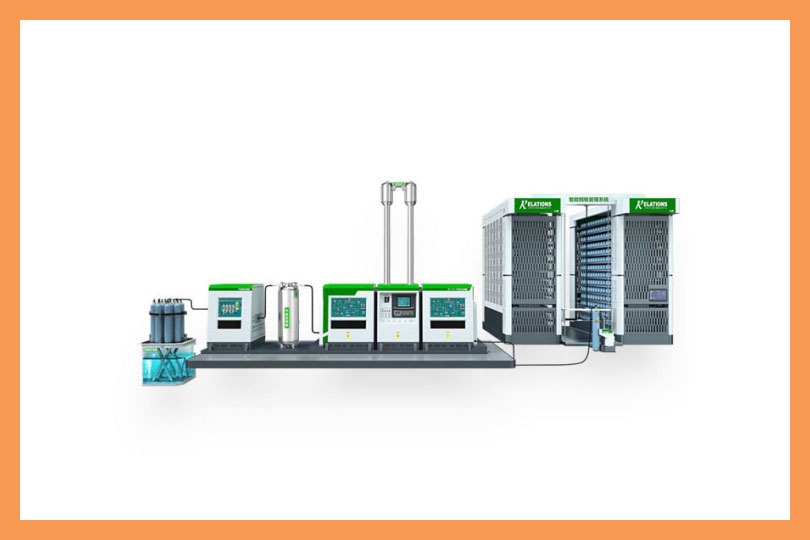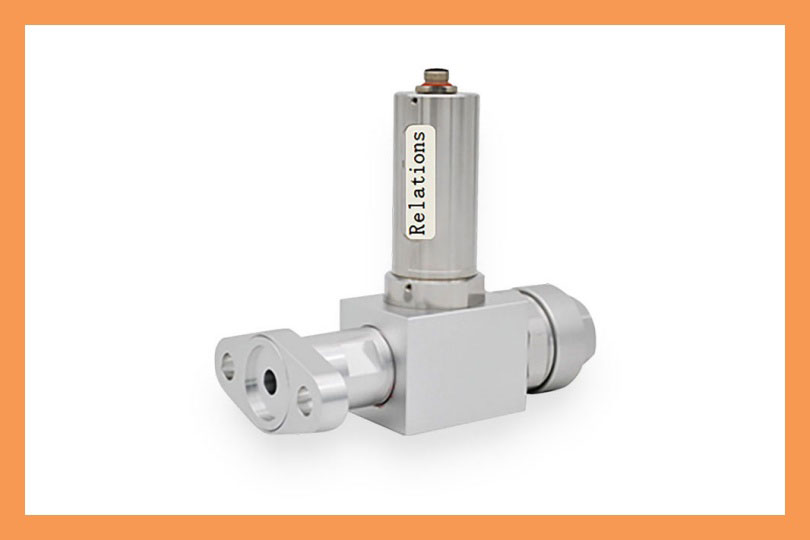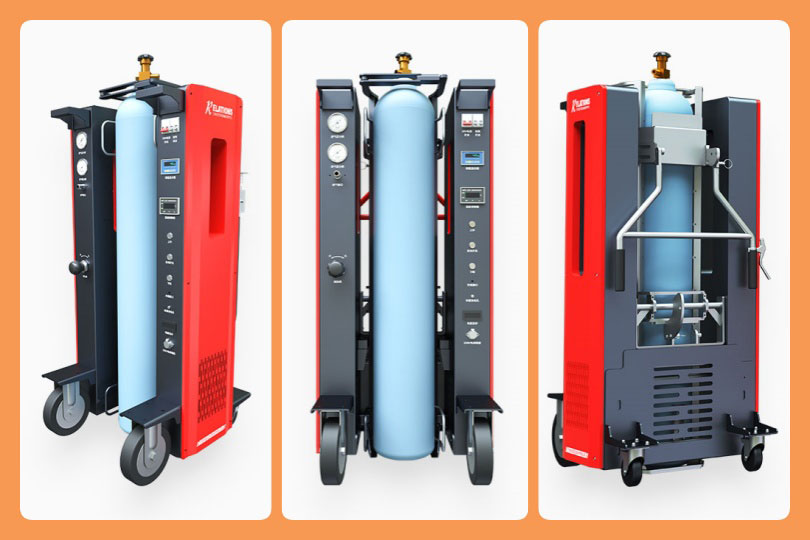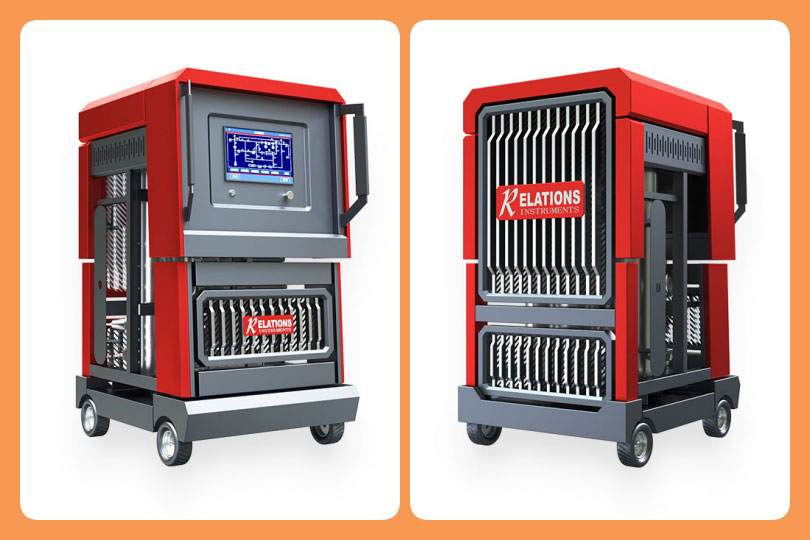Need Help: Providing Innovative and Sustainable Solutions.
Office Hours: 08:30am-6:00pm
What purity standards should SF6 gas meet after recovery, and how to match the right equipment?
Date
2025-10-29
[email protected]
Website
www.sf6gasdetector.com
Get Solutions And Quotes
What purity standards should SF6 gas meet after recovery, and how to match the right equipment?
After SF6 gas recovery, its purity must comply with international standards represented by IEC 60480, and matching the right equipment requires aligning the device’s purification capabilities with specific purity requirements and application scenarios.
1. Purity Standards for Recovered SF6 Gas
The core standard globally is IEC 60480《Specification for the recovery, recycling, purification and charging of sulphur hexafluoride (SF6) gas in gas-insulated equipment》, which classifies purity requirements based on whether the gas is reused or discharged. Specific indicators are as follows:
1.1 For Reuse in Electrical Equipment (Core Requirement)
If the recovered SF6 is refilled into GIS (gas-insulated switchgear), circuit breakers, or other electrical devices, it must meet strict purity thresholds to avoid equipment failure or safety hazards:
- SF6 Purity: ≥99.9% (mass fraction). Lower purity will reduce insulation performance and arc-extinguishing efficiency of electrical equipment.
- Moisture Content: ≤5 μL/L (volume fraction). Excess moisture can cause internal corrosion of equipment, generate toxic decomposition products (e.g., HF) under high voltage, and shorten the service life of insulation parts.
- Acidity (as HF): ≤0.2 μL/L. Acidic substances will corrode metal components of equipment and damage sealing materials, leading to gas leakage.
- Air/CF4 Content: ≤0.04% (volume fraction). Air or CF4 will reduce the dielectric strength of SF6, increasing the risk of electrical breakdown.
1.2 For Discharge or Temporary Storage (Basic Requirement)
If the recovered SF6 is not reused (e.g., waiting for professional centralized treatment), the purity requirements are slightly lower, but still need to meet environmental protection standards:
- Moisture Content: ≤100 μL/L (to avoid environmental pollution from condensed water).
- SF6 Purity: ≥95% (to ensure the value of subsequent centralized purification and reduce waste).
2. How to Match the Right SF6 Recovery Equipment
The key to matching equipment is to ensure its purification system, technical parameters, and functional configuration can meet the target purity standards. Follow these four steps:
2.1 Clarify the Application Scenario (Reuse vs. Discharge)
- Reuse Scenario: Prioritize equipment with multi-stage purification systems (e.g., double-stage drying towers + high-efficiency filters + cryogenic separation modules). For example, Enervac’s SF6 recovery units are equipped with molecular sieve dryers and activated carbon filters, which can reduce moisture to ≤5 μL/L and remove impurities like air/CF4.
- Discharge Scenario: Choose equipment with basic purification functions (e.g., single-stage drying + simple filtration), such as Globe Instrument’s portable RF-391 series, which can meet the ≤100 μL/L moisture requirement at a lower cost.
2.2 Verify the Equipment’s Purification Technical Parameters
Check the manufacturer’s technical specifications to confirm that the core indicators match the purity requirements:
- Filtration Precision: Ensure the equipment’s filter element can intercept particles ≥0.1 μm (to remove solid impurities).
- Drying Capacity: Confirm the dryer’s dew point can reach ≤-60°C (corresponding to moisture ≤5 μL/L for reuse).
- Separation Efficiency: For air/CF4 removal, select equipment with a gas separation membrane or vacuum distillation function (capable of reducing air/CF4 content to ≤0.04%).
2.3 Prioritize Equipment with Purity Monitoring Functions
To avoid “blind purification,” choose equipment with real-time purity detection modules (e.g., integrated moisture meters, SF6 purity analyzers). These modules can display indicators like moisture and purity during the recovery process, ensuring the final gas meets standards. For example, some high-end units from Hitachi Energy can automatically stop purification when purity reaches the set threshold.
2.4 Confirm Compliance with International Standards
Ensure the equipment itself complies with IEC 60480 or regional equivalent standards (e.g., China’s GB/T 15543-2019). Certified equipment has passed third-party testing, and its purification performance is more reliable. For example, CE-certified equipment (for EU markets) must prove that its purified gas meets IEC 60480 reuse standards.
Realize The Recycling Of Sf6 Gas
